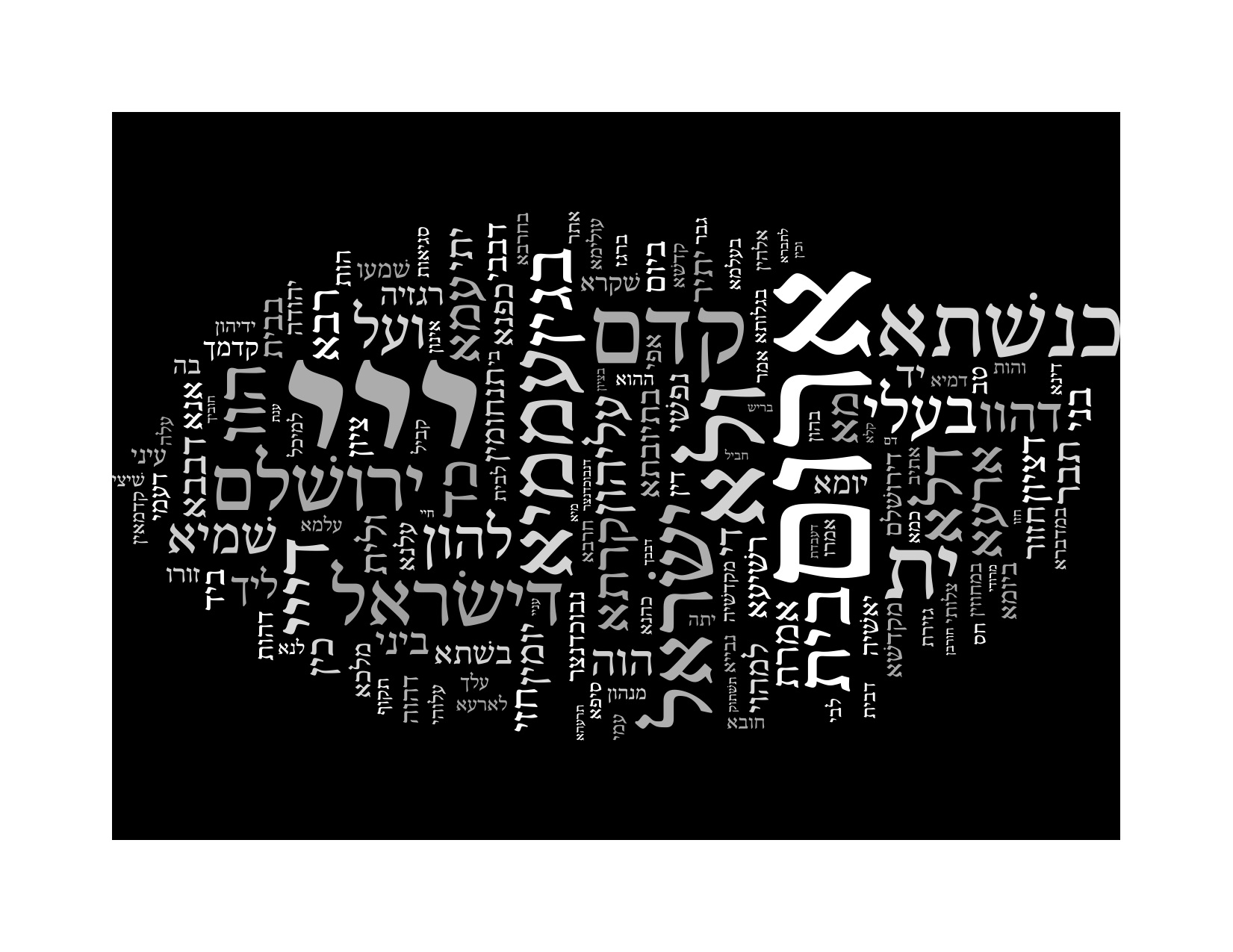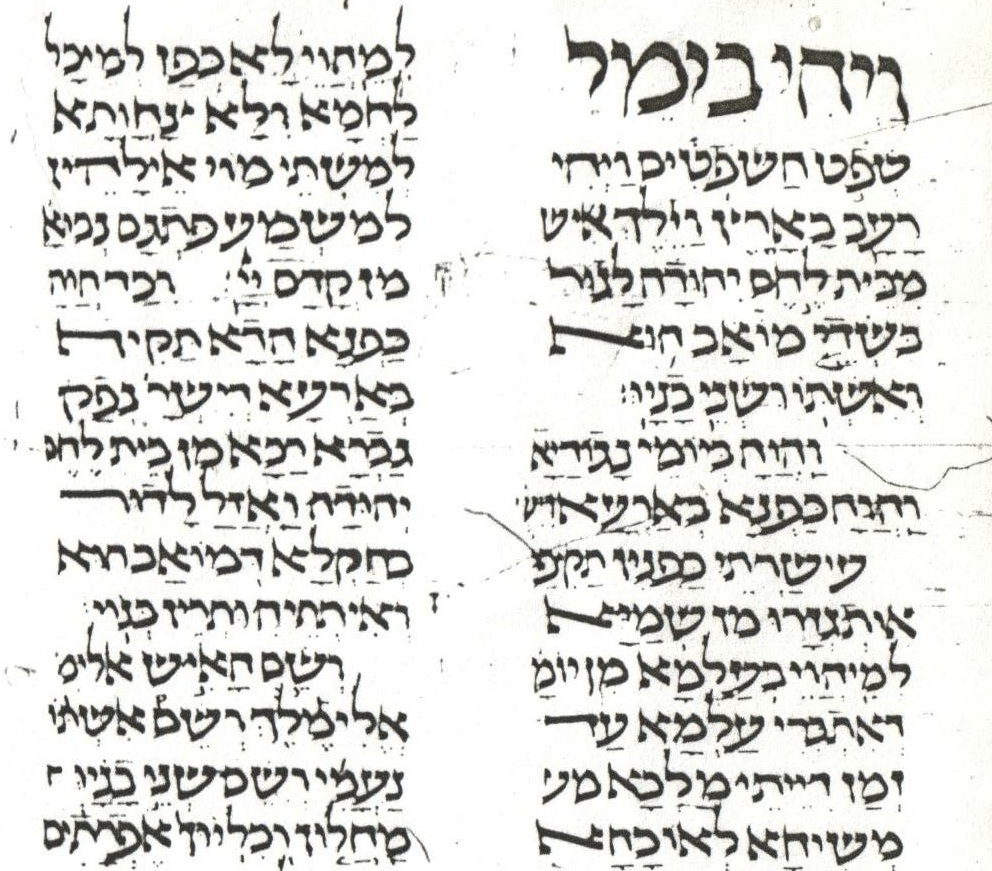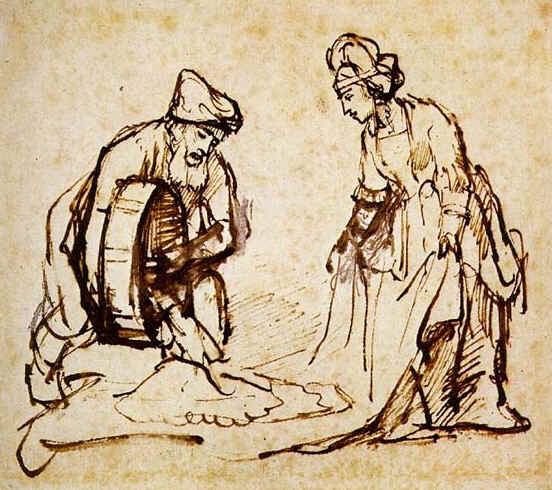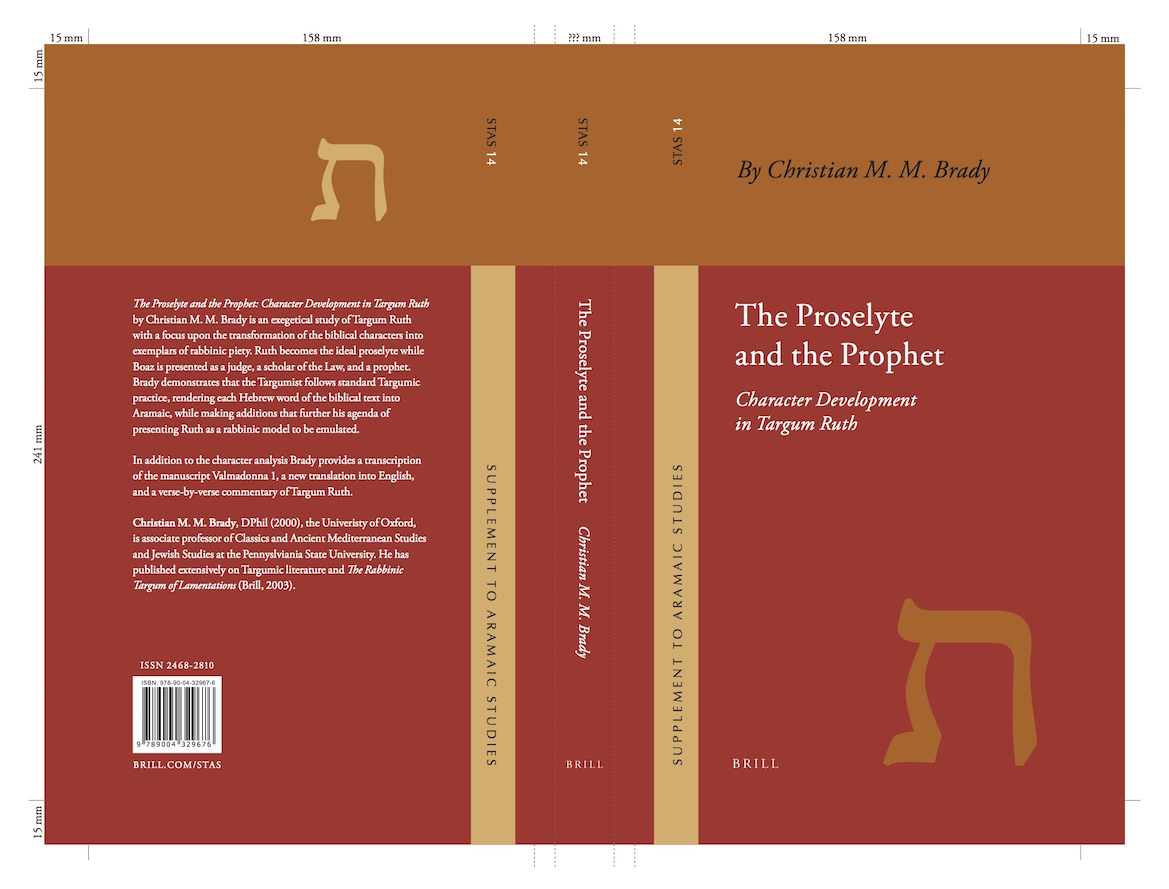We are now just about two weeks away from the 2013 IOTS conference in Munich. My paper, as always seems to be the case, is on the last day, just a few hours before we catch our flight back. My paper is “On Some Exegetical Similarities Between the Targumim of the Megilloth.” I thought I would share my intro with you here.
On Some Exegetical Similarities Between the Targumim of the Megilloth

The Megilloth, the Five Scrolls of Song of Songs, Ruth, Lamentations, Qohelet, and Esther, are an eclectic collection. In terms of content, they have little in common and yet in the Jewish canon they are grouped together, undoubtedly due to their liturgical use on festal days. Once having been grouped together, it seems inevitable that they should have been treated as a group in commentaries. We see this even in modern Christian commentary series where, although the Five Scrolls are not a group within the Christian canon, authors and publishers produce such joint commentaries as Frederic Bush’s Ruth-Esther commentary for Word Biblical Commentary series and Iain Duguid’s for the Reformed Expository Commentary series. In such cases, however, while there may be some comparisons drawn between the two texts (both are about women, living in foreign lands, God’s intervention, etc.) there is usually no more cross interpretation than we might find with any other canonical book.
The Targumim of the Megilloth, however, appear to share certain exegetical themes, interpretative material added to the biblical text that have little contact with the source material yet are common across all five Targumim and promote certain ideals.
It has long been noted that the Targumim of the Five Scrolls are much more expansive than most other Targumim, often incorporating extensive aggadic additions. Étan Levine noticed a number of “significant affinities” between the Targumim of the Megilloth, listing 14 in his introduction to TgRuth. Levine does not elaborate on this list other than to conclude that these are all aggadic midrashim.
Significantly, all of the above are homiletic midrashim (i.e., haggadah), rather than juridical midrashim (i.e., halakah). For, whereas the targum to Ruth is widely divergent from Pharisaic-Rabbinic tradition in its juridical midrashim, it has incorporated homiletic elements of a wide currency in traditional literature generally [emphasis is mine], and in the targumim to the “scrolls” specifically.
While, like Levine, I will not go into a detail analysis of this particular list at this time, I will point out that the question regarding such a list is whether these are intentional similarities or just common exegetical motifs of the time. In other words, were these additions predicated by the underlying Hebrew Vorlage and do they provide a significant and sustained argument to the exegetical thesis of the Targum? Consider, for example, the references to “Ammonites and Moabites not permitted into the holy community” in Ruth 2:10 and Lam. 1:10. In Ruth it is an obvious addition given Ruth’s ethnicity and in Lam 1:10 it is not an unreasonable specification of MT’s “enemy.” But this hardly shows an exegetical trend across all five scrolls. This paper will focus upon several exegetical traits or themes that are shared by all five scrolls.
This paper will demonstrate that there are a number of similarities between the Tg. Meg and suggest that they are part of a larger agenda to remind their audiences of God’s guiding hand in Israel’s history and to promote piety through the study of and obedience to Torah, specifically as understood in rabbinic tradition.






4 thoughts on “Exegetical Similarities in the Targumim of the Megilloth”